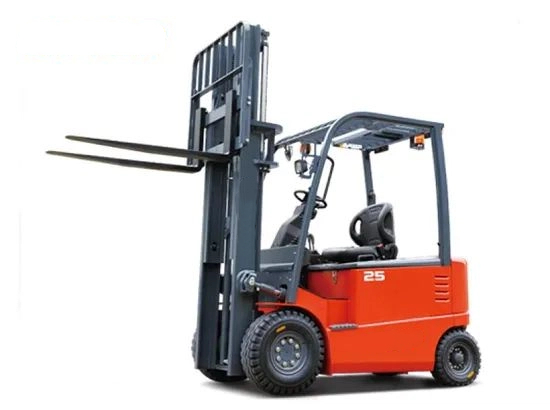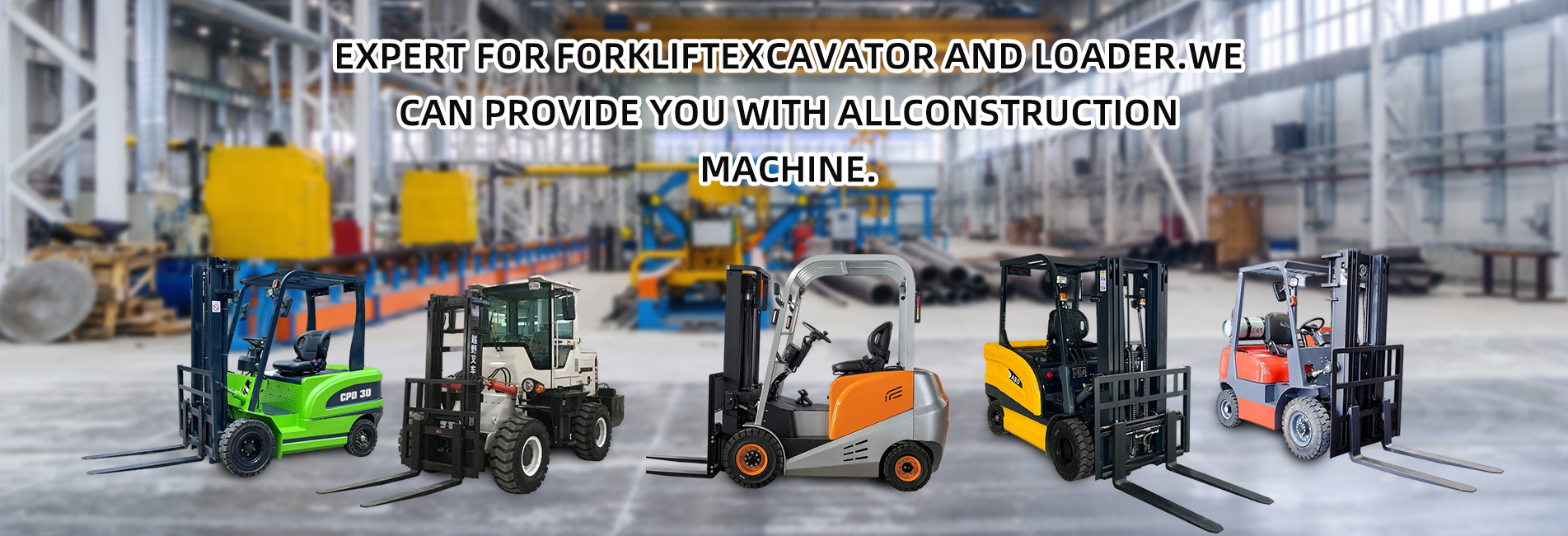As an important piece of equipment in the field of industrial logistics, electric forklifts create value in multiple dimensions such as efficiency improvement, cost control, safety assurance, and environmental friendliness, which profoundly affect the operational quality and long-term competitiveness of enterprises. The following is an explanation based on specific scenarios and core values:

I. Improve operational efficiency and accelerate logistics turnover
- High-intensity operation capability
Electric forklifts have stable power output and can achieve continuous operation (only requiring mid-operation charging, without the need for frequent shutdowns for refueling like internal combustion forklifts). Especially in enclosed scenarios such as warehouses and workshops, the daily operation time can be increased by 20%-30%. For example, during the "Double Eleven" peak period in e-commerce warehouses, electric forklifts can cooperate with automated shelf systems to achieve 30-50 cargo handling cycles per hour, far exceeding the efficiency of manual labor or manual forklifts. - Flexible adaptation to multiple scenarios
Electric forklifts are designed with a more compact body (for instance, the minimum turning radius of narrow-aisle electric forklifts is only 1.5 meters), allowing flexible operation in narrow warehouses and workshop passages, thereby improving space utilization. Meanwhile, their precise controllability (such as electronic power steering and stepless speed change) can reduce positioning time during cargo handling, making them particularly suitable for transporting high-value-added goods such as precision instruments and pharmaceuticals.
II. Reduce operating costs and optimize resource input
- Lower energy consumption costs
The energy efficiency of electric forklifts is much higher than that of internal combustion forklifts: for each ton of goods transported, the electricity cost of electric forklifts is approximately 1/3 to 1/5 of the fuel cost of internal combustion forklifts (calculated based on a diesel price of 8 yuan per liter and an electricity price of 1 yuan per kWh). For forklifts operating 10 hours a day on average, the annual energy consumption cost can be saved by 20,000 to 50,000 yuan. - Controllable maintenance costs
Electric forklifts have a simple structure (without complex components such as engines and gearboxes). Daily maintenance only requires checking the battery, motor, and circuits, and the maintenance cycle is long (usually once every 500 hours). In contrast, internal combustion forklifts need regular replacement of engine oil, filters, spark plugs, etc., and their annual maintenance costs are 2-3 times that of electric forklifts. - Prolong equipment service life
Electric forklifts have fewer wearing parts (such as brake pads and tires), with an average service life of 8-10 years, which is longer than that of internal combustion forklifts (5-6 years). This indirectly reduces the frequency of equipment replacement and capital expenditure.
III. Ensure operational safety and reduce risk losses
- Improved operational safety
Electric forklifts produce low noise during operation (usually <70 decibels), reducing operators' auditory fatigue. They have no exhaust emissions (avoiding toxic gases such as carbon monoxide and nitrogen oxides), making them especially suitable for scenarios with high air quality requirements such as food processing and pharmaceutical workshops, and reducing the risk of occupational diseases among employees. - Equipped with intelligent safety functions
Modern electric forklifts are generally equipped with systems such as electronic speed limiting, overload protection, and automatic braking. For example, when a forklift is overloaded by 10%, the system will automatically reduce the driving speed; in case of emergencies, the response speed of electromagnetic braking is 0.5 seconds faster than that of mechanical braking, greatly reducing the probability of collision accidents.
IV. Conform to environmental protection trends and help enterprises achieve sustainable development
- Reduce carbon emissions
Electric forklifts have zero exhaust emissions. If charged with renewable energy (such as photovoltaic power), they can achieve "zero-carbon handling" throughout their life cycle. In contrast, a 2-ton internal combustion forklift emits about 5-8 tons of carbon annually, while an electric forklift only emits 1/10 of that (mainly from power grid generation). - Respond to policies and enhance brand value
With the advancement of the "dual-carbon" policy, enterprises' use of electric forklifts can meet the requirements of environmental protection regulations (for example, internal combustion forklifts are prohibited from entering enclosed parks in some areas). At the same time, it can enhance the image of the green supply chain and strengthen customers' trust in cooperation (for example, industries such as e-commerce and automobiles have increasingly strict environmental protection standards for suppliers).
Summary
The value of electric forklifts is not only reflected in "directly reducing costs and increasing efficiency" but also in building a more sustainable operational model for enterprises through indirect advantages such as safety assurance, environmental compliance, and scenario adaptability. For high-frequency and enclosed operation scenarios (such as warehousing and manufacturing), the long-term return on investment of electric forklifts is much higher than that of traditional internal combustion forklifts, making them one of the core equipment for the upgrading of modern logistics.


